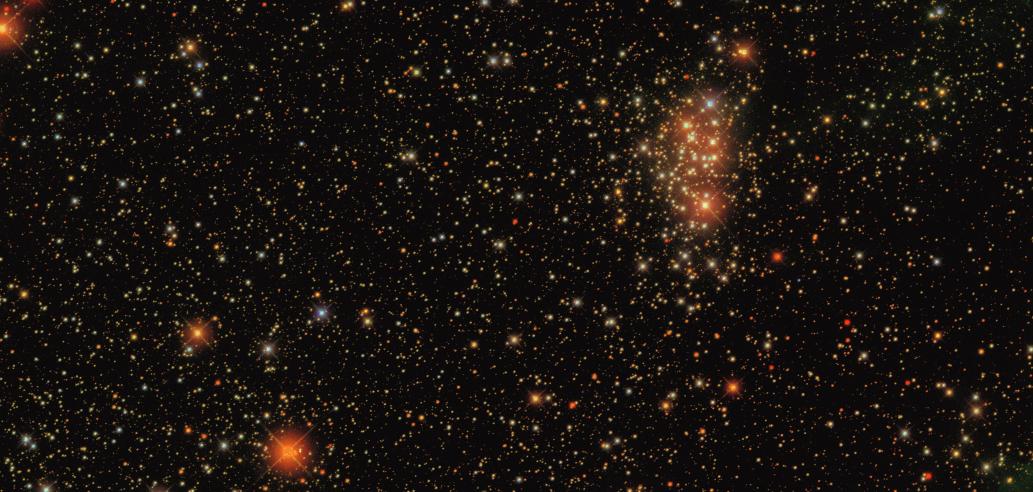
| SDSS Classic |
| SDSS.org |
| SDSS4.org |
| SDSS3.org |
| SDSS Data |
| DR17 |
| DR10 |
| DR7 |
| Science |
| Press Releases |
| Education |
| Image Gallery |
| Legacy Survey |
| SEGUE |
| Supernova Survey |
| Collaboration |
| Publications |
| Contact Us |
| Search |

|
About |
For Scientists |
Publications |
Illustrative Spectra
|
Sloan Extension for Galactic Understanding and Exploration
The formation and evolution of galaxies is one of the key questions facing astronomers and cosmologists today.
How and when did the galaxies that light our Universe assemble their various components?
What kinds of galactic mergers and cannibalistic acquistions of smaller galaxies by their larger neighbors occurred as the Universe evolved?
Our home galaxy, the Milky Way, offers a unique window into this process. It is the only galaxy in which we can hope to study in detail the stars that trace the current structure of Galaxy and serve as a fossil record of billions of years of Galactic history. SEGUE was designed to explore the structure; formation history; kinematics; dynamical evolution; chemical evolution; dark matter distribution of the Milky Way. The images and spectra obtained by SEGUE allowed astronomers to map the positions and velocities of hundreds of thousands of stars, from faint, relatively near-by (within about 100 pc or roughly 300 light-years) ancient stellar embers known as white dwarfs to bright stellar giants located in the outer reaches of the stellar halo, more than 100,000 light-years away. Encoded within the spectral data are the composition and temperature of these stars, vital clues for determining the age and origin of different populations of stars within the Galaxy.
